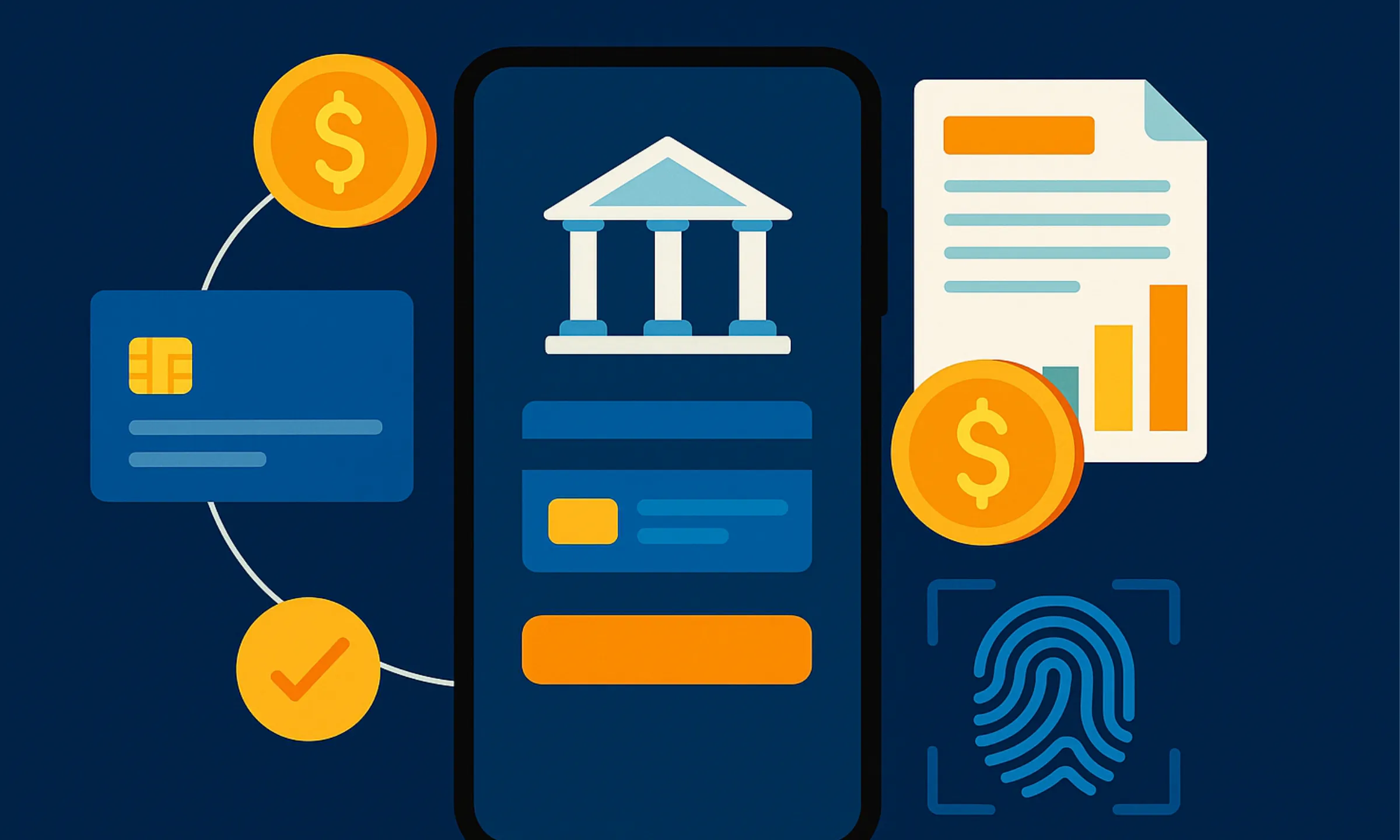Remember the first time you used a Digital Banking App that actually worked—no weird crashes, no six-step verifications for just checking your balance, and hallelujah, the UI didn’t look like it was designed in 2009? That “wow” moment is exactly what your users will crave. Because in today’s digital-first world, convenience isn’t just king—it’s the whole kingdom.
Digital banking isn’t just a trend—it’s a tectonic shift. Traditional banks are scrambling, Gen Z barely knows what a checkbook is, and every other startup pitch deck is screaming “fintech.” Building your own app isn’t just about keeping up; it’s about cashing in on a moment where users want control, clarity, and cool features right in their pocket.
At Miracuves, we help entrepreneurs and startups turn bold ideas into app experiences that scale. So if you’re dreaming about building the next Revolut or Paytm, this guide’s your blueprint.
Why Build a Digital Banking App?
Because banking isn’t just about money anymore—it’s about experience, speed, and trust. A well-built Digital Banking App isn’t a luxury; it’s a necessity if you want to meet modern user expectations and compete in a fintech-first market. Whether you’re targeting millennials, freelancers, or SMBs, a sleek app can be your golden ticket to retention and growth.
Follow the Money: The Fintech Boom
Digital banking is projected to surpass $12 trillion in transaction value by 2026 Statista. The kicker? Most users aren’t loyal to legacy banks. They’re hunting for smarter alternatives.
User Habits Have Changed
No one wants to queue in banks or fill out 20-page PDFs anymore. Today’s users expect:
- Instant account creation
- Seamless UPI/QR transactions
- Real-time spend tracking
Read more : How to Market a Digital Banking App Successfully After Launch
Core Features Your Digital Banking App
Building a successful Digital Banking App isn’t just about pretty design—it’s about embedding the right features that solve real user pain points. From seamless onboarding to iron-clad security, these functionalities can make or break your app’s adoption and retention rates.
1. KYC & User Onboarding
The faster, the better. Think selfie-based verification, Aadhaar eKYC, and OCR scanning. Friction kills conversions.
2. Digital Wallet Integration
Allow users to store money, pay bills, recharge, and even lend—without bouncing between digital Banking app.
3. Money Transfers
Add IMPS, NEFT, RTGS, UPI, and cross-border integrations (Wise or SWIFT). Don’t forget real-time alerts.
4. Budgeting & Analytics
Think AI-powered spend categorization, savings goals, and nudges when they’re about to splurge.
5. Security Stack
This is non-negotiable. You’ll need:
- AES 256 encryption
- Face ID / Touch ID
- OTP + 2FA
- Fraud detection algorithms

Read more : Top UI/UX Mistakes in Digital Banking & Fintech Apps
Tech Stack & Architecture: Don’t Build on Sand
The foundation of a successful Digital Banking App lies in choosing the right technology stack—one that’s secure, scalable, and built for speed. Every second of app lag or system That’s why your tech choices aren’t just backend decisions—they’re user experience decisions in disguise. Prioritize modularity, seamless API integrations, and cloud resilience from day one.
- Frontend: React Native or Flutter for cross-platform speed
- Backend: Node.js or Django + PostgreSQL for data integrity
- APIs: Razorpay, Plaid, Cashfree, Mambu for banking as a service
- Cloud: AWS or Google Cloud for elasticity and uptime
Read more : How the Business Model for Digital Banking Works Today
Design & UX: Where Function Meets Feel
Your app should feel like scrolling Instagram, not submitting tax forms. Invest in:
- Smooth micro-interactions
- Light/dark mode toggles
- Local language support
- Accessibility (think screen readers, voice input)
A thoughtfully crafted Digital Banking App design not only delights users but also builds lasting engagement. When users feel in control and understood, they’re far more likely to trust and stick with your platform.
Read more : Most Profitable Digital Banking & Fintech Apps to Launch in 2025
Monetization: How Will Your App Make Money?
- Interchange fees on transactions
- Premium accounts (e.g., for freelancers or SMBs)
- Partner commissions for insurance, loans, and credit cards
- Data analytics for B2B monetization (anonymized, of course!)
A smart Digital Banking App isn’t just a service—it’s a revenue engine. With the right monetization strategy, your app can generate consistent income while delivering value to users. Whether it’s tiered subscriptions, affiliate products, or data-powered insights for businesses, the earning potential is baked right into the experience.
Development Timeline & Costs
| Phase | Timeline | Estimated Cost (USD) |
| Market Research | 2–3 weeks | $2,000–$5,000 |
| UI/UX Design | 3–4 weeks | $5,000–$8,000 |
| Core Development | 10–14 weeks | $20,000–$40,000 |
| Testing & QA | 3–4 weeks | $4,000–$6,000 |
| Launch & Support | Ongoing | Custom Retainer |
Conclusion
Digital banking app isn’t the future—it’s the now. And there’s a huge opportunity to be the go-to app in niches like crypto-friendly banking, Gen Z spend tracking, or green investing.
At Miracuves, we help innovators launch high-performance app clones that are fast, scalable, and monetization-ready. Ready to turn your idea into reality? Let’s build together.
FAQs:
Do I need a banking license to launch a digital banking app?
Not necessarily. You can partner with licensed banks or NBFCs to legally operate in many markets.
How long does it take to develop a digital banking app?
Anywhere from 4 to 6 months, depending on complexity and third-party integrations.
What’s the biggest challenge in building a banking app?
Balancing security and usability. Users want convenience, but you can’t cut corners on compliance.
Can I integrate crypto wallets with my app?
Absolutely! With the right APIs and regulatory oversight, you can offer features like buying, selling, and storing crypto.
How do banking apps make money?
Through fees, partnerships, premium features, and sometimes lending interest or affiliate revenue.
What makes different from other app developers?
We specialize in clone app development that’s not just copy-paste—but elevated, optimized, and monetization-ready.
Related Articles :








